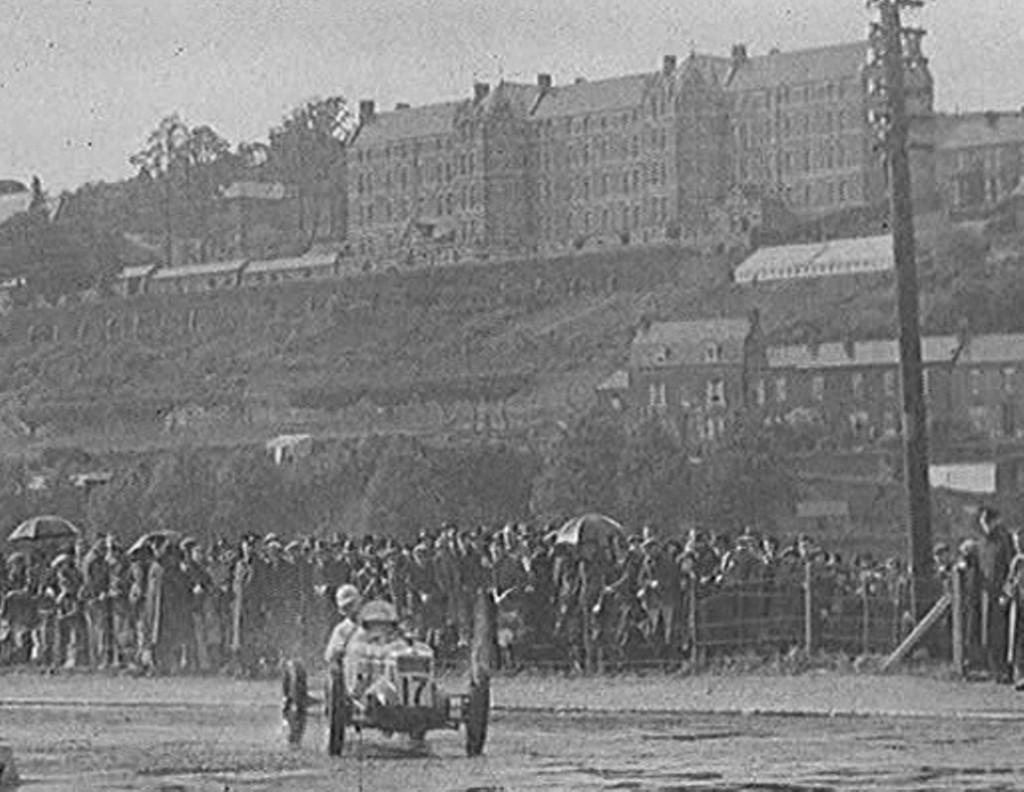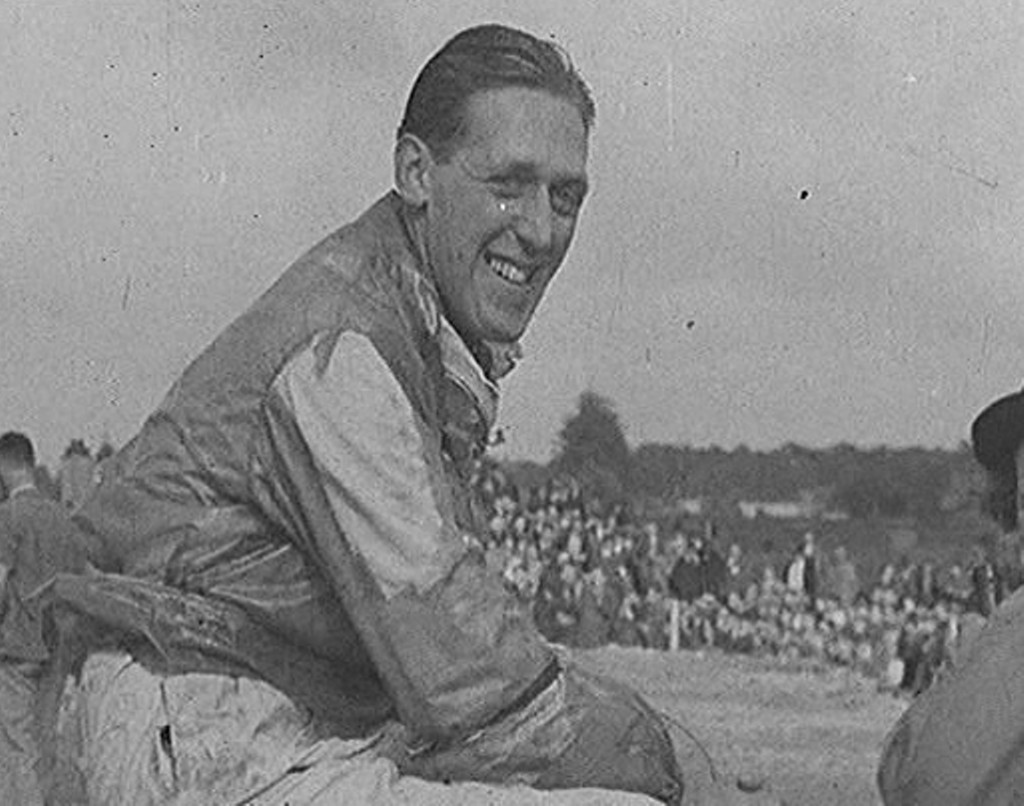
Kieran’s Our City, Our Town Article,
Cork Independent, 5 May 2011
In the Footsteps of St. Finbarre (Part 255)
Of Time and Motion, Cork 1937
“Though the entry is smaller than last year’s entry of 27…The score of the drivers entered are quite “cracks” in their own particular spheres…thus the Cork event will have the fastest cars of each class doing duty tomorrow fortnight” (Journalist remarks, Cork Examiner, 7 May 1937, p.10).
With preparations in place, only 20 of the 22 drivers made it to the 1937 Cork International Motor Car Race. The first practice was held on Thursday, 20 May 1937, in which 16 drivers took part in. Many thousands of spectators assembled at 6am to watch the practice, which was completed in sunshine. Very fast speeds were returned. The previous year’s winner Reggie Tongue set the pace with an average of 86.62 m.p.h. Unfortunately, one of the drivers entered for the race, Charles Meryvn White crashed and sustained serious head injuries. His car was one of the largest entered in the race, a 2,700 cc Bugatti, and was looked upon as a sturdy challenger for the main event.
The crash occurred only a few yards from the point at which in 1936 Charles turned a double somersault of his car. He then had a miraculous escape from death, sustaining only slight concussion, and was able to drive to the pits. This time round in 1937, approaching the steep down gradient to Inchigaggin Bridge on the back stretch, and about a half a mile before the Gravel Pit Quarry, his car crashed at 60 m.p.h. He skidded for sixty yards before hitting the left-hand ditch. The car jumped into the air and Charles was thrown out right across the road onto the footpath. The car plunged after him, but came to a stop at the kerbstone. Dr Ryan of Blarney and Dr Green of Collin Barracks, Marshals and St. John’s Ambulance dashed to his aid. His head was injured badly and within ten minutes he was conveyed to the Mercy Hospital. He died four days later in hospital on 24 May.
Despite Martin’s presence in hospital, the practice run was completed and all 16 drivers made the requirement to reach two-thirds of the actual speed needed to be in the race across three laps. At the second practice run on the Friday, the day before the race, Belfast representative C.G. Neill’s Bugatti went out of control at Mill Cross and struck the fence with great force. There were no serious results to the driver, but the car was badly damaged. With such accidents, precautions for the big race were heightened. At all the dangerous bends members of the Brigade were stationed with special appliances in case of accidents. Those included ceiling hooks at the end, by means of which, a competitor could be pulled out of a blazing car from a safe distance. In case of a driver being pinned under a car, long iron bars were provided, by means of which the car could be levered off the driver, therefore making way for the use of the ceiling hooks. The St. John’s Ambulance Brigade were stationed around the course, ten doctors, 28 nurses, 54 ambulance men and equipment, and five ambulances. The brigade was under the supervision of Dr. A.J. O’Sullivan and Supt. A.L. Downes. In addition, several hundred civic guards and close on 1,700 marshals were also on the course.
Saturday 22 May arrived with the big race starting at 3.30pm. The total distance was 201 miles and a lap of the Cork circuit, which encompassed the Carrigrohane Straight Road and the Model Farm Road in a circle, was 6 miles and 154 yards. The race was filmed and a summary piece can be seen on British Pathé (www.britishpathe.com/record.php?id=7822). There are various shots of the race start and stages in the race. In the actual race fourteen driver participated. An intense downpour of rain commenced after the race had been in progress for three-quarters of an hour. That made the day unpleasant for spectators and drivers alike. The drivers’ ordeal was nerve wracking, particularly on the back stretch, where the surface became dangerous. This had the effect of reducing speeds especially after the first six laps had promised a great struggle between two drivers. These six laps were fought for by Charles Martin and B. Bira but this was brought to an end, when Bira crashed on the back stretch beyond Inchigaggin Bridge and badly wrecked his car. Fortunately he escaped totally uninjured. A.P. McArthur of Sligo, also had a bad skid at Inchigaggin Hill, when his car struck a bank and swung blocking two oncoming cars which, however, just squeezed out of danger.
Of the fourteen starters five finished within the time limit. Charlie Martin set up a new lap record of 92.08 m.p.h. in the sixth lap, but then the rain commenced. The last half dozen laps also produced high speeds when the roads were dry again. The enormous crowd congregated principally on the two and a half mile Straight Road where high speeds were set up. The winner was H.B. Prestwich, of Cheshire, who averaged 76.33 m.p.h. in his 1,087cc MG Magnette, Anthony Powys-Lybbe, the previous year’s second, filled a similar role again, and Charlie Edward Capel Martin, was third.
To be continued…
Captions:
589a. Victoria Cross, Cork International Motor Car Race, 22 May 1937 (source: still from British Pathé, http://www.britishpathe.com/record.php?id=7822)
589b. H.B. Prestwich, winner of Cork International Motor Car Race, 22 May 1937 (source: still from British Pathé)
